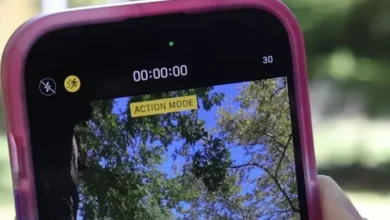
Business cards provide your contact details to prospective clients, hoping they’ll reach out to you for a possible partnership. They’re usually small but presentable pieces of paper that are perky enough to be placed in a pocket or purse.
However, as technology continues to modify things, one advancement that meets modern networking needs is QR code business cards. This combination of digital and physical networking offers a new way to share details promptly. Continue reading to learn more.
Why Choose QR Code Business Cards
Smart networking tools have paved the way for a more advanced way of connecting with people. While there’s still a place for the traditional business card industry, virtual business cards in the form of QR codes act as a bridge between real-time networking and digital connection. As long as a person has an Internet connection, they can scan your QR code and get the information they need.
The growing popularity of QR code business cards demonstrates how the business world embraces more efficient ways to exchange contact details. Going digital means you don’t have to worry about making a graphic design or your information needing to be updated again. Prospective partners can save your details and will be prompted to share their information with you so you can follow up with them when convenient.
Design Selection
Creating your QR code business card is exciting because you get to mix and match elements to your liking. Choosing a design that reflects you and your brand identity is important, especially since you want to represent your cause in the best way possible. When developing the layout, focus on color scheme compatibility to ensure visual appeal. Proper logo placement helps reinforce brand recognition while thoughtful font selection contributes to readability.
As a rule of thumb, the overall layout should balance the needed elements while still being spacious enough to avoid overcrowding. You don’t want your business card to look cluttered. Strategic QR code placement ensures easy scanning while maintaining aesthetic appeal.
Content Preparation
When prospective clients scan your QR code, what do you want them to see? The information you put in your QR code should be short and concise. You don’t want to bombard information; rather, it should be just enough to make them contact you again.
Start with your full name and professional title to establish identity. Include the company name and position to provide context. You want them to contact you, so make sure your contact number and email address are there—and updated! You’d also want to provide a portfolio of your offerings, as well as how they can stay in contact with you on your social media accounts.
QR Code Generation
QR codes are unique solely for you. There’s no duplicate, so you should choose a proven and tested QR code generator. Code durability and scan reliability are paramount for consistent functionality. Design flexibility allows for brand alignment and visual appeal.
If you’re just starting to experiment with how this works, you might want to consider code generators that are free of charge. But as you go along, generating in those with premium options can be your way to go since they offer additional features like analytics and advanced security settings, making them suitable for professional use.
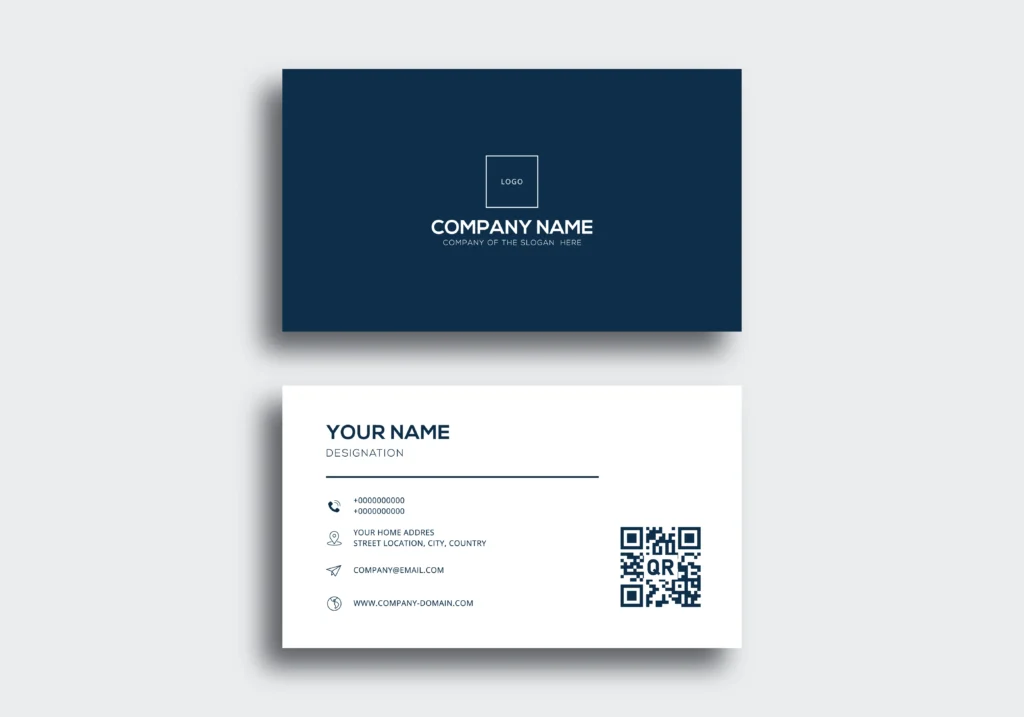
Customization Options
Modern QR code generators offer sophisticated customization capabilities. Many offer templates to make editing easier, integrating the QR code seamlessly with text, logos, and additional elements. Some generators even support unique shapes for the QR code like circular or custom edges to match branding aesthetics.
Customization entails ownership of your identity and style. Incorporate logos, taglines, or call-to-action prompts, ensuring it has your own personal style and isn’t just generically made. Also, frame design options add professional polish to the final product.
Quality Assurance
Testing the QR code before reproducing it is a must. You don’t want to incorporate it in traditional business card papers only for it not to be detected. Comprehensive scanning functionality tests across different devices ensures universal compatibility. Also, double-checking the links and indicated information prevents communication errors.
When you’re sure already and you feel like it’s good to go, then it’s time to start printing. Print resolution affects overall quality and scanning reliability, so be mindful of the quality of your paper and ink. Finish options between matte and glossy affect both appearance and scannability. You can try printing with a few pieces first before mass-producing them.
Conclusion
QR code business cards represent a step in professional networking advancement. Its success depends on how you’re going to utilize the resources you have. Considering the ideas mentioned above can greatly help you as you plan and prepare.
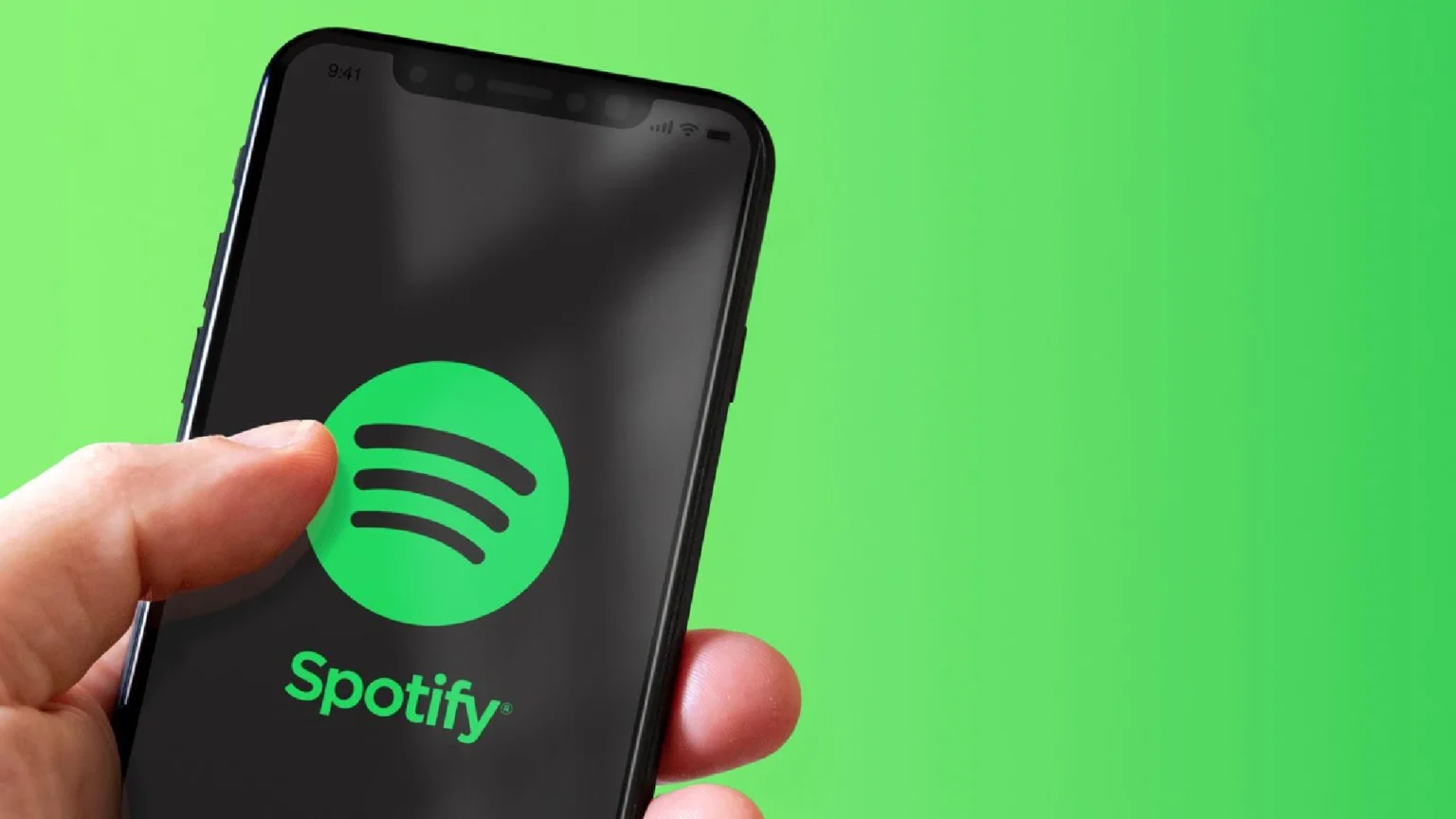

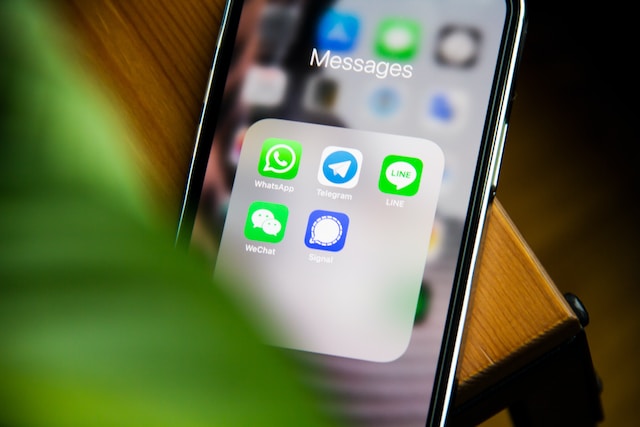

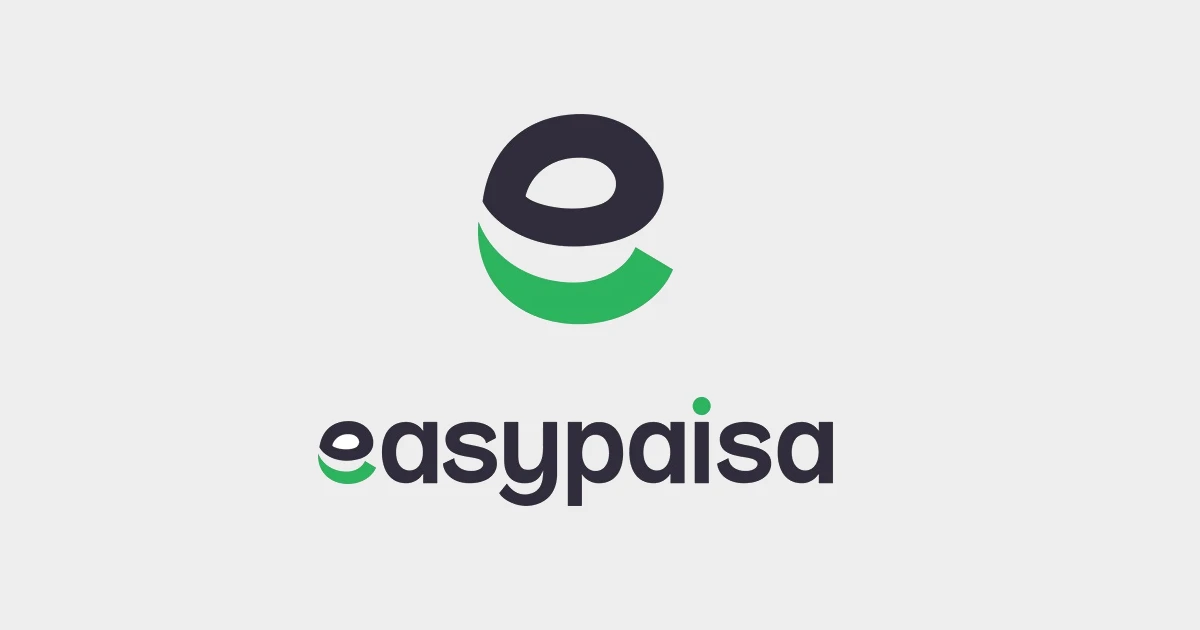

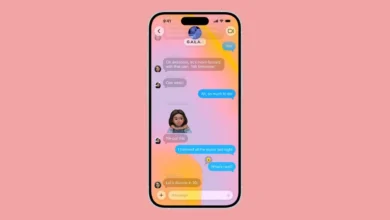
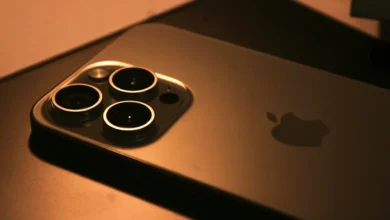
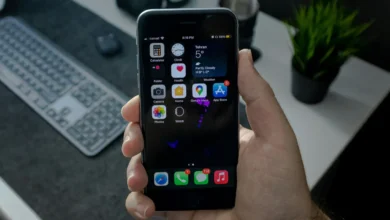

![how to make your tiktok account private]](https://wikitechlibrary.com/wp-content/uploads/2025/09/how-to-make-your-tiktok-account-private-390x220.webp)

